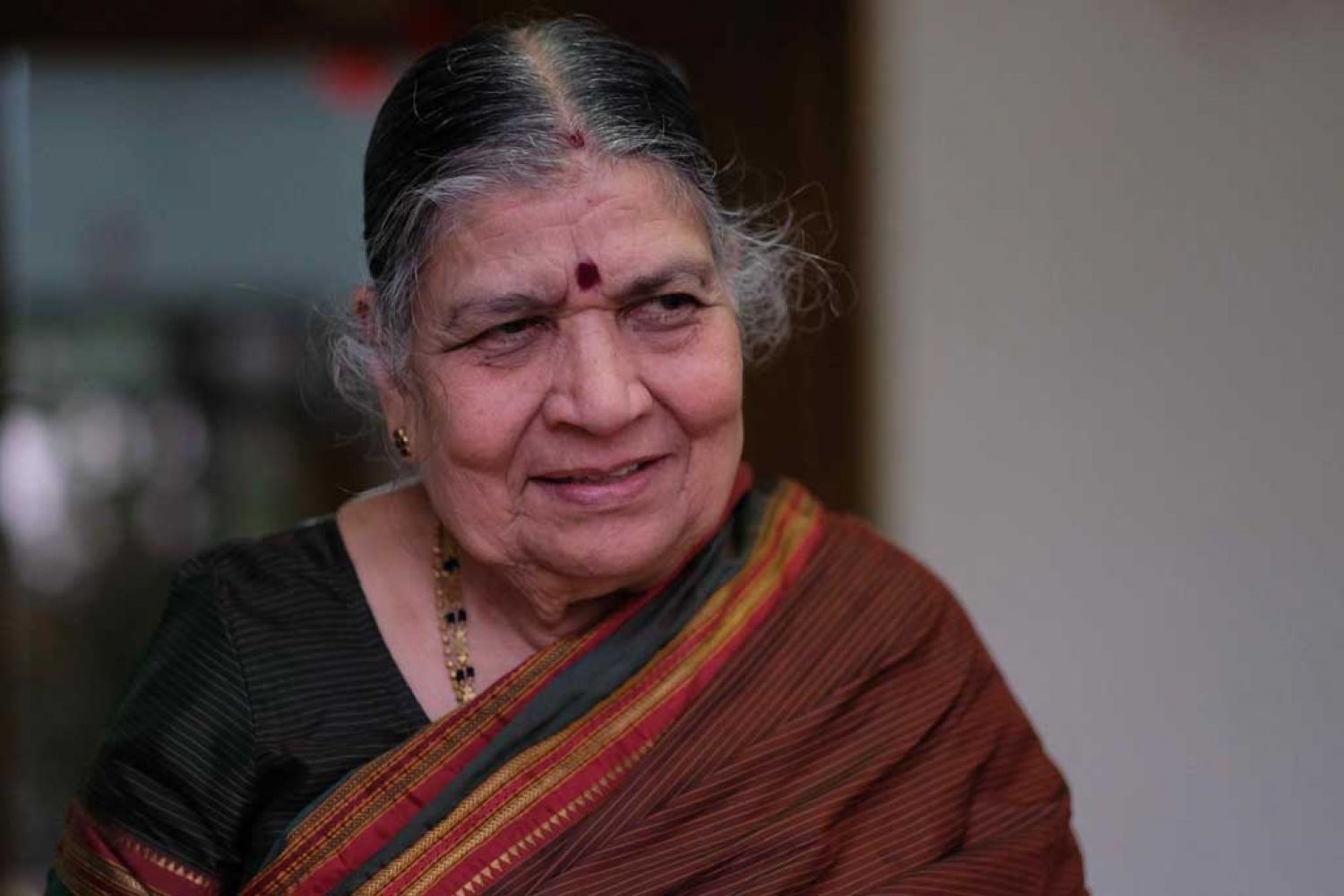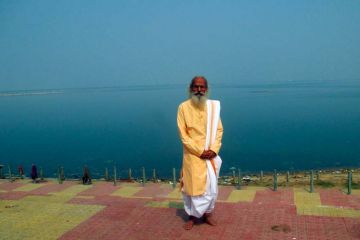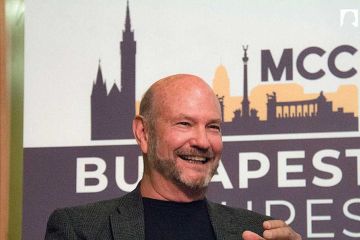
Vijayanagara was one of
the most dazzling of the capitals of mediaeval India. The ruins of the city
have awed travellers and scholars alike. But a historian, a woman who lives in
Paris, says an empire by the name Vijayanagara never existed. She has created
an uproar but insists the correct name is Karnataka empire.
Vasundhara Filliozat
has been working on the history of Karnataka since the early 1960s. She was
born in Haveri in Dharwad district as the fifth child of Sanskrit and Kannada





